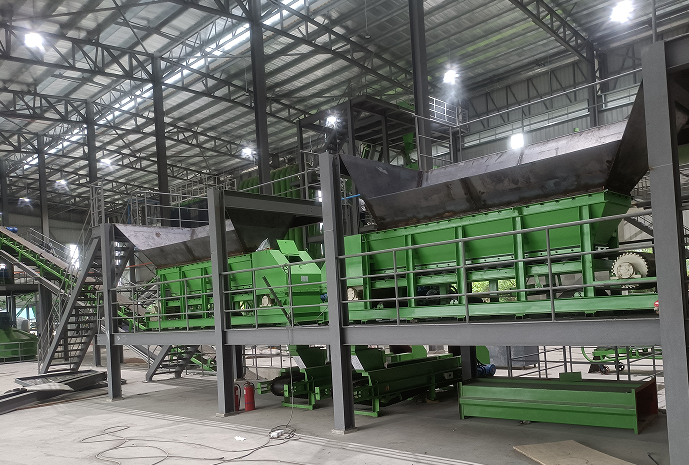- +8618937185591
- +8618937185591
- ec19@zkcorp.com
- +8618937185591


Project Introduction
Amid the wave of green transformation in the cement industry, Philippine cement plants are facing challenges such as limited raw material stockyard space and inefficient traditional conveying systems. Henan Zhengzhou Mining Machinery Co., Ltd. innovatively implemented a shale conveying system renovation project, achieving a leap in resource utilization and environmental efficiency within the existing 5,000-ton capacity framework through three-dimensional space utilization and intelligent conveying design.
Project Difficulty
Raw Material Demand Constraints:
The existing raw material storage area struggles to meet the daily turnover demand of 1,200 tons of shale.
Renovation Site Limitations:
The current site already has installed equipment with complex layouts, requiring a "stitch-in-time" approach to integrate the new conveying system.
Material Handling Equipment Constraints:
The lifting height of existing forklifts restricts the height of the feed bins, and there is insufficient space on-site to construct ramps for forklift access.
Unstable and Uneven Feeding:
The original feeding system suffers from inconsistent and uneven material supply, disrupting the thermal regime of the grate cooler and leading to unstable clinker quality.
Project Solution
Faced with numerous challenges, the technical team from Henan Zhengzhou Mining Machinery Co., Ltd. rose to the occasion, leveraging their expertise to deliver optimal solutions for the client. During preliminary discussions, we recommended precise measurements of the designated equipment installation area at the plant. Based on these measurements, a 3D digital model was created to accurately visualize existing equipment and obstacles within the space.
The technical team from Henan Zhengzhou Mining Machinery Co., Ltd. innovatively abandoned the traditional silo-feeder equipment approach and instead proposed a box feeder combined with a "Z"-shaped belt conveyor layout. The key advantages include:
1. Significantly reduced forklift feeding height, with drastically shortened ramp length and angle, greatly saving both land space and construction costs.
2. Substantially decreased material storage bin fabrication requirements, reducing both construction costs and time.
3. The box feeder features variable frequency control, allowing precise feed rate adjustment according to production needs for flexible operation.
4. Integrated with belt conveyor idler scales, the system enables automatic and precise feed control through interlocking mechanisms.
5. The two belt conveyors are arranged in a Z-shaped configuration, maximizing space efficiency while significantly increasing conveying height.
6. Selection of 800mm wide belt conveyors ensures sufficient capacity while maintaining lower belt speeds, enhancing operational reliability.
7. The belt conveyor which sends the material into grate cooler utilizes heat-resistant chevron belts, with two-stage valves between the conveyor and cooler to prevent thermal damage from high-temperature gas emissions.
Henan Zhengzhou Mining Machinery Co., Ltd. possesses a professional technical team with expertise in customized design tailored to client requirements. The company effectively addresses critical operational challenges and delivers significant economic benefits